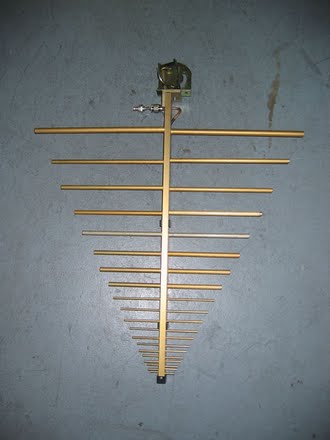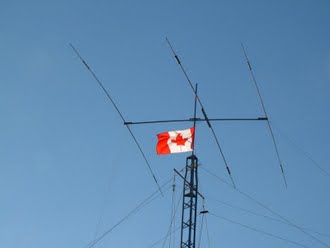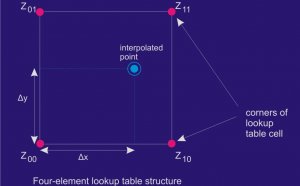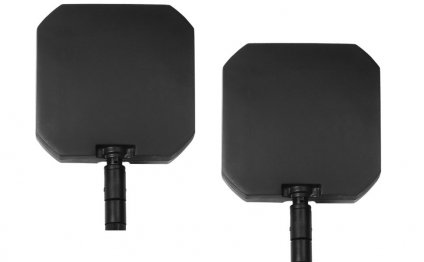
Antenna directional
A directional antenna or beam antenna is an antenna which radiates or obtains better power in specific instructions allowing for increased performance and decreased disturbance from undesired sources. Directional antennas supply increased overall performance over dipole antennas – or omnidirectional antennas overall – whenever a better concentration of radiation in a certain path is desired.
A high-gain antenna (HGA) is a directional antenna with a focused, slim radiowave ray width. This thin ray width allows more precise targeting of this radio indicators. Most commonly described during space missions, these antennas will also be in use all-around Earth, many effectively in flat, available places where no mountains lie to disrupt radiowaves. By contrast, a low-gain antenna (LGA) is an omnidirectional antenna with a diverse radiowave beam width, enabling when it comes to sign to propagate sensibly well in mountainous regions and is therefore more reliable no matter surface. Minimal gain antennas are often used in spacecraft as a backup into high-gain antenna, which transmits a much narrower ray and is therefore prone to loss in signal.
All useful antennas have reached least significantly directional, although frequently just the way in plane parallel to your earth is recognized as, and practical antennas could easily be omnidirectional in one jet. The most common types will be the Yagi antenna, the log-periodic antenna, additionally the part reflector antenna, that are frequently combined and commercially offered as domestic television antennas. Cellular repeaters frequently take advantage of external directional antennas to give a better sign than are available on a regular cell phone. Satellite Television receivers frequently utilize parabolic antennas. For long and moderate wavelength frequencies, tower arrays are employed more often than not as directional antennas.
Principle of operation[edit]
Whenever transmitting, an enables a lot more of the transmitted power to be submitted the way associated with the receiver, enhancing the received signal energy. Whenever obtaining, a top gain antenna captures more of the signal, again increasing signal strength. As a result of reciprocity, both of these effects tend to be equal - an antenna which makes a transmitted signal 100 times stronger (versus an isotropic radiator), also capture 100 times the maximum amount of energy whilst the isotropic antenna when made use of as a receiving antenna. As a result of their directivity, directional antennas in addition deliver less (and receive less) sign from directions besides the main beam. This home may be used to decrease disturbance.
There are lots of how to make a high-gain antenna - the most typical are parabolic antennas, helical antennas, yagi antennas, and phased arrays of smaller antennas of any sort. Horn antennas can be constructed with high gain, but they are less frequently seen. Nonetheless other configurations are feasible - the Arecibo Observatory uses a variety of a line feed with an enormous spherical reflector (instead of an even more usual parabolic-reflector), to quickly attain very high gains at specific frequencies.
Antenna gain[edit]
Antenna gain is normally quoted with respect to a hypothetical antenna that radiates equally in all directions, an isotropic radiator. This gain, when calculated in decibels, is called dBi. Conservation of energy dictates that large gain antennas must have narrow beams. If a high gain antenna tends to make a-1 watt transmitter appear to be a 100 watt transmitter, then the beam can cover for the most part 1/100 of sky (otherwise the total amount of energy radiated everywhere would sum to more than the transmitter power, that is extremely hard). Subsequently meaning that high-gain antennas must certanly be physically large, since according to the diffraction limit, the narrower the ray desired, the more expensive the antenna needs to be (calculated in wavelengths).
Antenna gain may also be calculated in dBd, which is gain in Decibels set alongside the optimum strength path of a half-wave dipole. In the case of Yagi kind aerials this almost equates to the gain you might expect from the aerial under test minus all its administrators and reflector. It is necessary to not ever confuse dBi and dBd; both differ by 2.15 dB, using dBi figure being higher, since a dipole has actually 2.15 db of gain pertaining to an isotropic antenna.
Gain is also dependent on the amount of elements and the tuning of the elements. Antennas can be tuned is resonant over a larger scatter of frequencies but, all the other things becoming equal, this may suggest the gain of the aerial is gloomier than one tuned for one regularity or a group of frequencies. For example, in the case of wideband TV antennas the fall off in gain is very huge at the end regarding the television transmitting band. In britain this bottom third of this TV band is recognized as group A, see gain graph evaluating grouped aerials to a wideband aerial of the identical size/model.
Other aspects might impact gain particularly aperture (the region the antenna collects alert from, very nearly completely associated with how big is the antenna but also for small antennas are increased with the addition of a ferrite rod), and effectiveness (once again, impacted by dimensions, but in addition resistivity associated with the materials utilized and impedance coordinating). These facets are really easy to improve without adjusting other options that come with the antennas or coincidentally improved by the exact same aspects that boost directivity, and are also usually not emphasized.
RELATED VIDEO
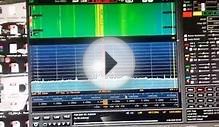

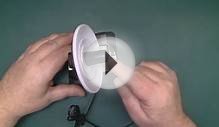
Share this Post
Related posts
Omnidirectional TV antenna
The most effective Antenna with 360 Degree Multi-Directional Feature Omnidirectional. Can use both exterior and Indoor Perfect…
Read MoreAntenna pointing direction
Directional antennas, unlike omnidirectional antennas, must certanly be directed being receive the best sign from your own…
Read More
